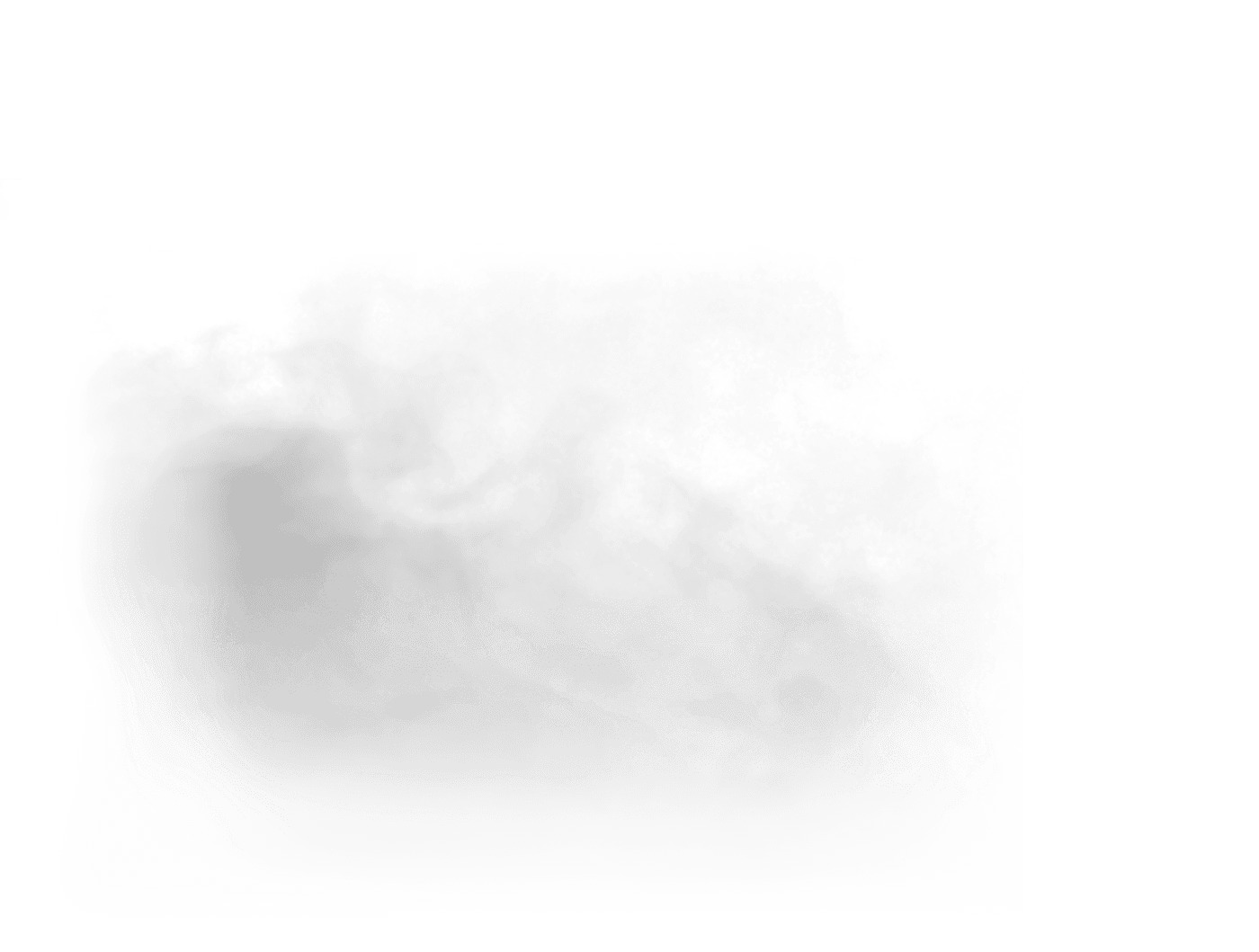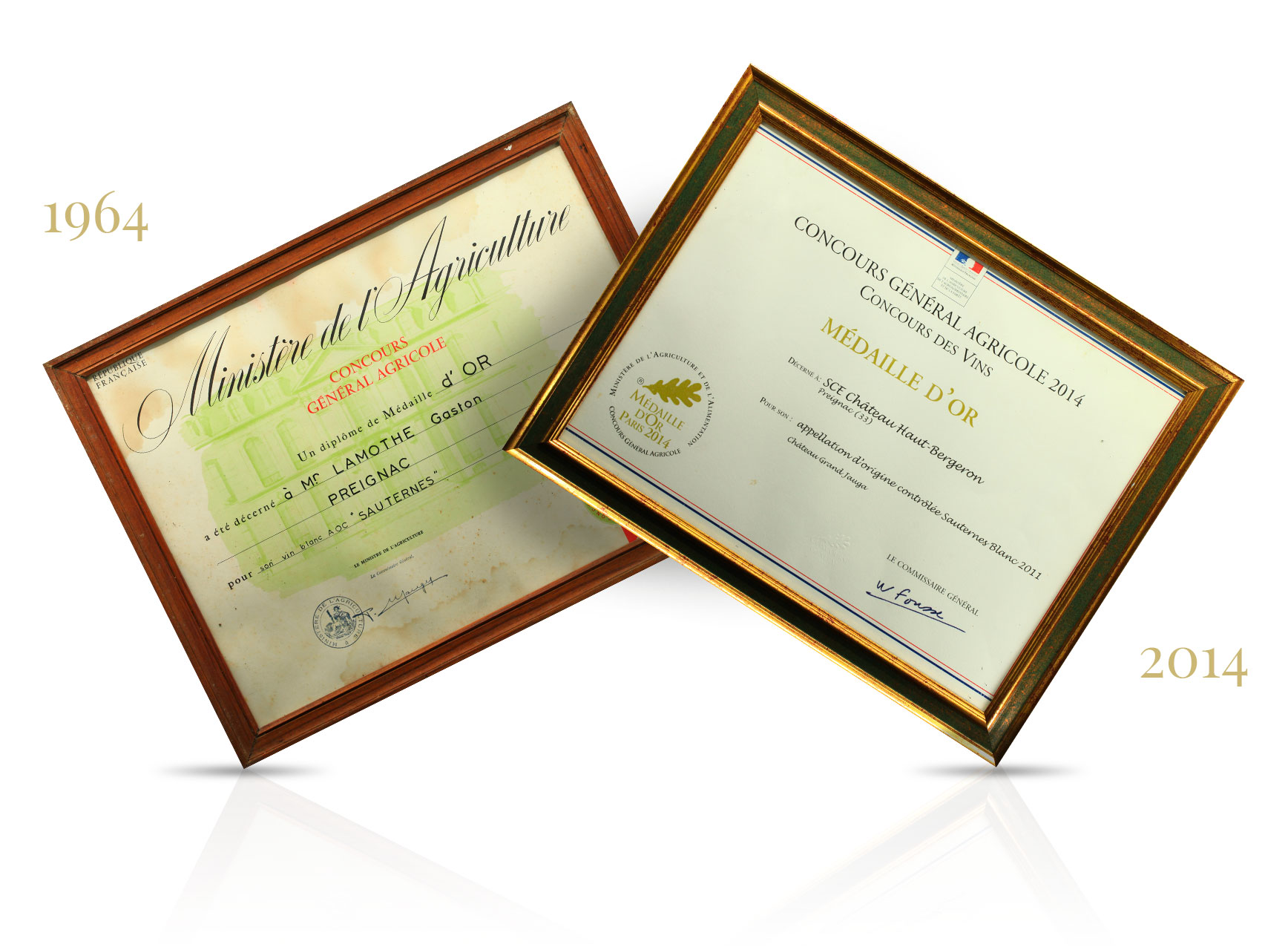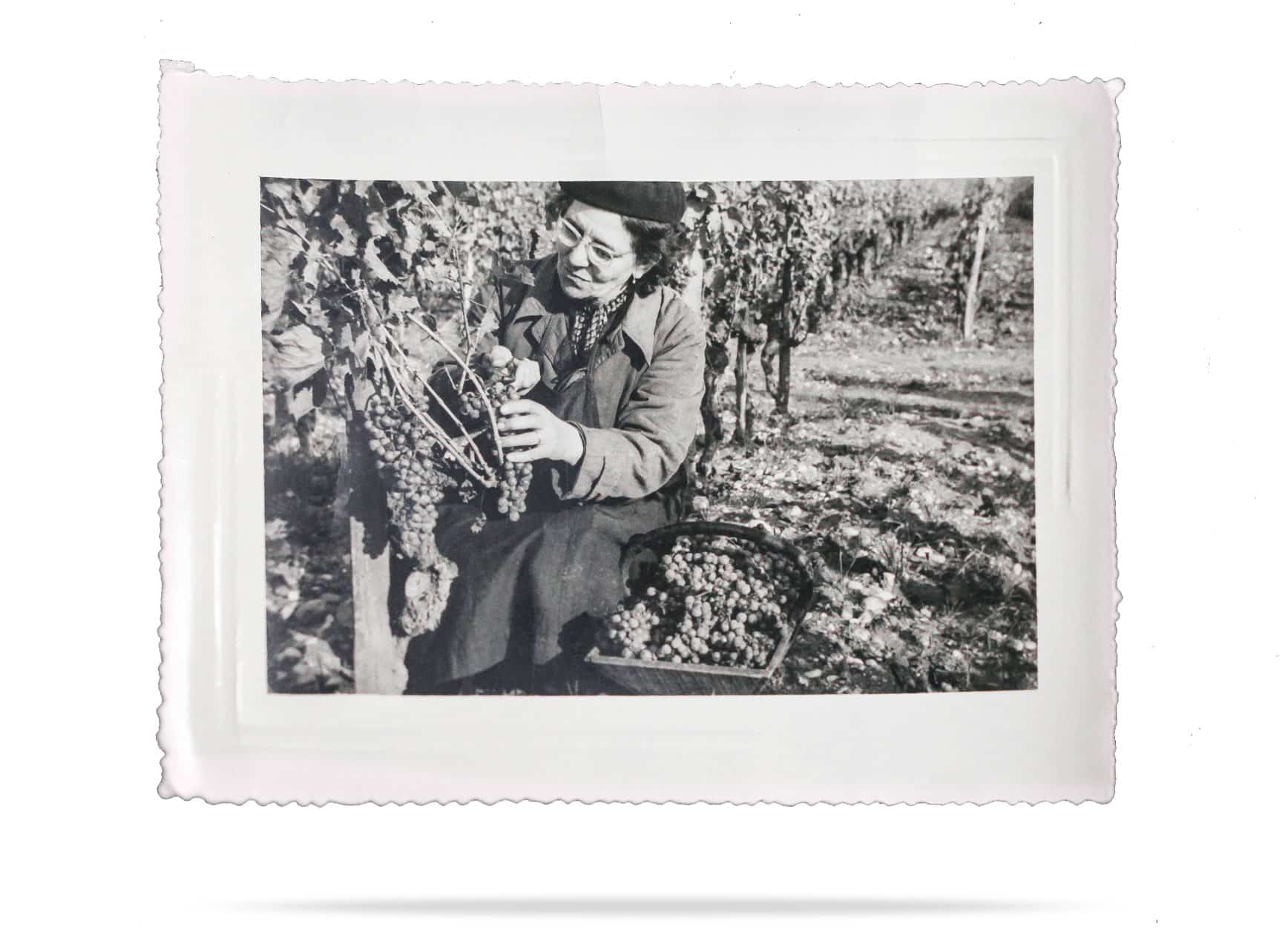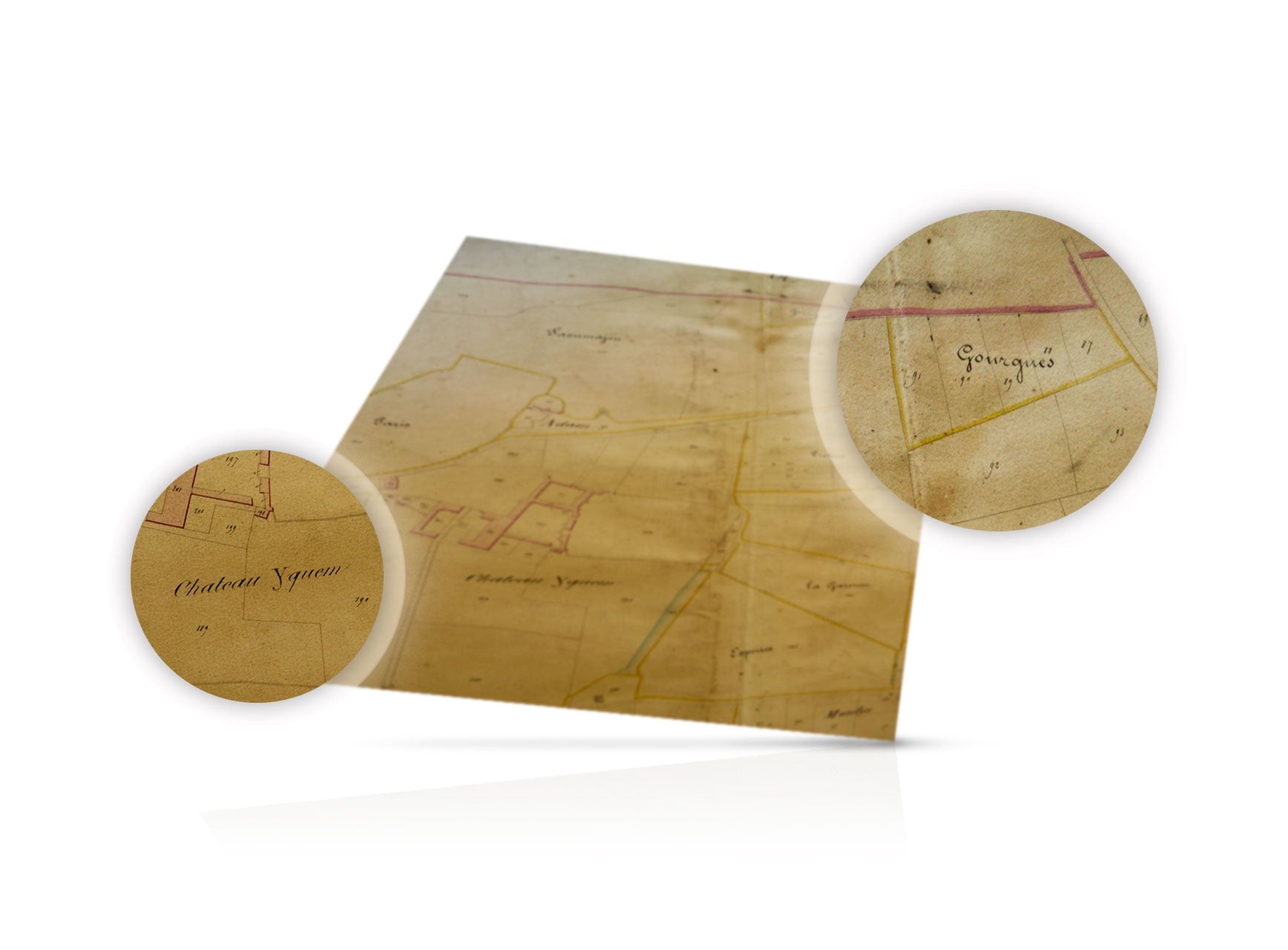
A passion profession
A fascinating appellation
The history of Sauternes began at the 17th century, with the very influential Dutch traders. Very fond of white wines, they favored their production and encouraged the winegrowers to improve the quality of the wines. But the arrival of Sauternes wines in the courts of Europe during the nineteenth century, gave nobility to Sauternes. Then the gourmets, especially the great gourmet Brillat-Savarin, who raised the Sauternes as a key element of the refinement of French cuisine, by combining it to the pleasure of fine food. In this way, Sauternes has gradually become indispensable during festive meals.





A legendary wine
The success of Sauternes has not been made in a day, and many legends illustrate its history.
Robert has often told his grandchildren the following legend: “In the autumn of 1847, the Marquis of Lur-Saluces, owner of Yquem, was invited by the Tsar of Russia to a hunting party, and ordered his employees not to harvest in his absence. But the hunting party dragged on, and on his way back, he realized with horror that the whole vineyard was affected by rot. In spite of this sad fact, he decided to harvest these wilted grapes by Botrytis. To everyone’s surprise, the result was exceptional: an extraordinary sweet wine with a great aromatic richness. ” This is how Sauternes was born, fruit of providence …
A vineyard of terroirs
The Sauternes appellation is located 40 km South of Bordeaux, between the left bank of the Garonne and the Landes forest. The vineyard covers about 2200 hectares spread over five communes that follow the Ciron, a small river that flows slowly in the Garonne. On the right bank the communes of Preignac, Fargues, Sauternes and Bommes, constitute the Sauternes appellation. On the left bank, Barsac, is a singular commune because of the nature of its soils.

A special situation
This appellation, with its very particular situation, benefits from a pleasant ocean micro-climate: winter is cool and rainy, spring is mild and wet, but sometimes affected by late frosts. Then, hot summer days and cool nights allow the grapes to mature gradually. But autumn actually reveals the microclimate of Sauternes. The Ciron valley creates thick morning mists which, blocked by the forest of the Landes, spread on the vineyard and enable the emergence of Botrytis Cinerea on the grapes. Then, when the morning ends, under the influence of the sun, the sky and the fog clear, the air gets warmer and the precious noble rot can develops.




The Noble rot,
miracle of Mother Nature
In this particular situation, the Botrytis, fond of water and heat, attacks the grape skin. A disruptive but extraordinary veil appears on the drying out berries. Over time, its flesh gets more and more concentrated in sugar, and candied fruit aromas appears, characteristic of Sauternes wines.
Feared everywhere else, rot is providential in Sauternes, and brings an amazing aromatic explosion, gives richness to the wine, and strengthens the acidity.
Precious harvests
Nevertheless, noble rot causes low, random productions, and a more difficult vine growing. Indeed, according to the vintage, Botrytis Cinerea can offer us this wonderful noble rot, as well as a gray rot that need to be eliminated. More than anywhere else, meteorological influence and work in symbiosis with nature are important, especially during the harvest period.
Excess or lack of water can disrupt the proper development of botrytis. Excessive moisture does not allow evaporation. In this case, Botrytis can deviate into ” gray rot ”. It is then undesirable for the grape, spoils it, and gives unpleasant aromas to the wine.
On the other hand, a too dry vintage does not allow the development of noble rot. Fortunately, nature often does things well.













